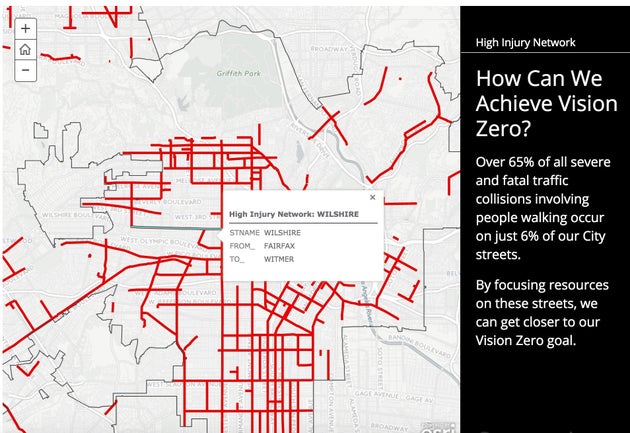IBM Center for Business of Government: “This report is intended for an audience beyond the U.S. Intelligence Community—senior managers in government, their advisors and students of government performance who are interested in the progress of collaboration in a difficult environment. …
The purpose of this report is to learn lessons by looking at the use of internal collaborative tools across the Intelligence Community. The initial rubric was tools, but the real focus is collaboration, for while the tools can enable, what ultimately matters are policies and practices interacting with organizational culture. It looks for good practices to emulate. The ultimate question is how and how much could, and should, collaborative tools foster integration across the Community. The focus is analysis and the analytic process, but collaborative tools can and do serve many other functions in the Intelligence Community—from improving logistics or human resources, to better connecting collection and analysis, to assisting administration and development, to facilitating, as one interlocutor put it, operational “go” decisions. Yet it is in the analytic realm that collaboration is both most visible and most rubs against traditional work processes that are not widely collaborative.
The report defines terms and discusses concepts, first exploring collaboration and coordination, then defining collaborative tools and social media, then surveying the experience of the private sector. The second section of the report uses those distinctions to sort out the blizzard of collaborative tools that have been created in the various intelligence agencies and across them. The third section outlines the state of collaboration, again both within agencies and across them. The report concludes with findings and recommendations for the Community. The recommendations amount to a continuum of possible actions in making more strategic what is and will continue to be more a bottom-up process of creating and adopting collaborative tools and practices….(More)”


